Interested in seeing fur, fins, or feathers? The Northwest is home to an abundance of wildlife – here are some of the best spots for viewing animals in this spectacular region.
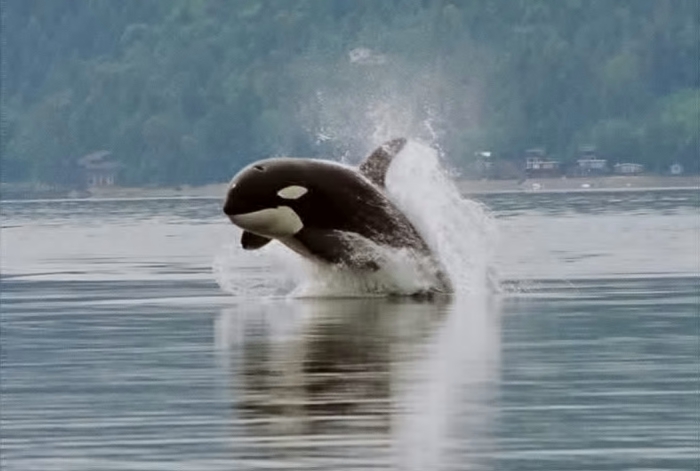
Lime Kiln Point State Park, San Juan Island, Washington
Lime Kiln Point State Park is often referred to as “Whale Watch Park” due to the many whales that pass by along the coast, especially killer whales. The park features diverse terrain, with forested highlands, rocky shorelines, and beaches. It also hosts a picturesque 1919 lighthouse that still helps ships navigate through the Haro Strait. In addition to seeing orca and minke whales, visitors can also catch a glimpse of seals and sea lions, porpoises, bald eagles and other sea birds, and otters.
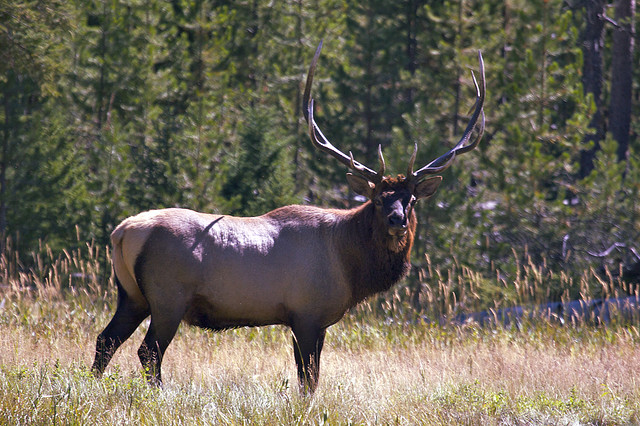
Mount Saint Helens, Washington
Although a catastrophic eruption transformed Mount Saint Helens and the surrounding landscape forever, nearly four decades later, its come back to life. There are lush plants and a wide variety of animal species. Just some of the wildlife you might see include elk, deer, cougar and birds of prey.
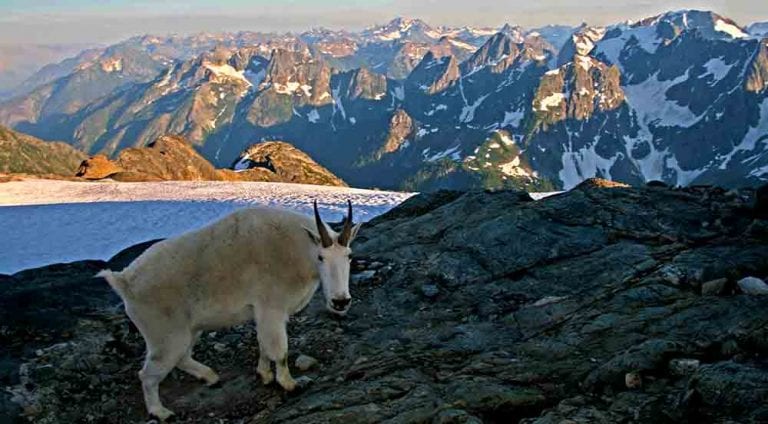
North Cascades National Park
North Cascades National Park is one of the least visited national parks, typically receiving less than 27,000 visitors per year, which means you can enjoy this incredibly scenic, rugged wilderness area practically all to yourself. It not only hosts the most glaciers outside of Alaska, with over 300, you’ll find one of the most diverse ecosystems on earth. Look for bald eagles and osprey perched among the lush forests and rocky slopes as well as elusive creatures like the fisher, wolverine, gray wolf, black and grizzly bears, moose and cougars.
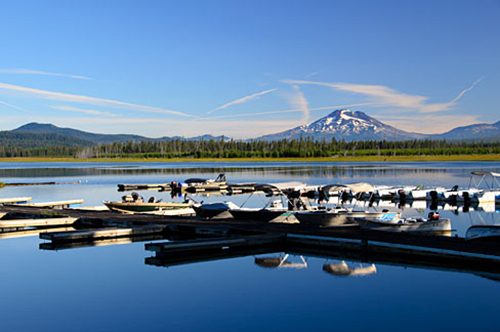
Crane Prairie Reservoir, Oregon
Located in the Deschutes National Forest near the town of Bend in the Central Oregon Cascades, Crane Prairie Reservoir is a bird watcher’s paradise. One of the state’s premier wildlife viewing areas, you’ll see countless osprey, bald eagles, sandhill cranes, Canada geese and more, as well as elk and deer grazing in the lush meadows. The reason the birds are here is there is excellent fishing to be had, with huge rainbow trout, brook trout and largemouth bass. Plus, you’ll find both free and paid campsites right around the lake shoreline.
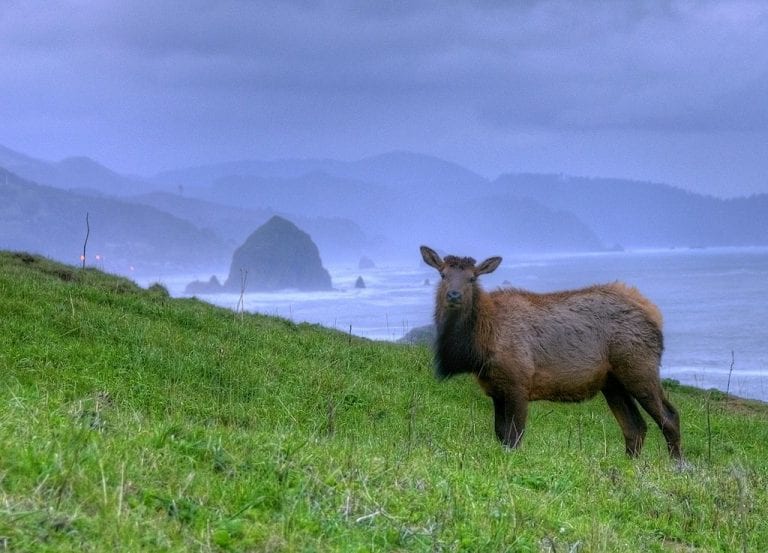
Elk on the Oregon Coast at Ecola State Park
Ecola State Park, Oregon
The Oregon coast is is surely one of the world’s most breathtaking coastlines. If you want to see the best of the best, visit Ecola State Park in Cannon Beach. Not only will you find jaw-dropping scenery, but you’ll have the chance to watch gray whales who feed close to shore during the spring migration, and humpback whales from June to October. Enjoy a picnic atop the grassy cliffs while elk often graze in the meadow nearby while bald eagles soar overhead.
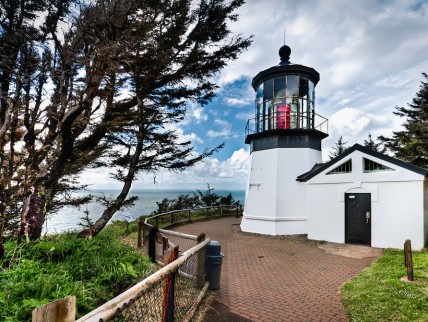
Cape Meares Lighthouse, Oregon
Some of the largest mammals in Oregon can be seen by visiting Cape Meares Lighthouse. Roosevelt elk and blacktail deer are commonly seen grazing on land while sea lions lounge on the rocks offshore – and, if the timing is right, you may see a few gray whale spouts too. Just south of the lighthouse is the Three Arch Rocks National Wildlife Refuge that’s home to the largest seabird nesting colony in the state, with over 100,000 nesting common murre and the largest colony of puffins.

Kootenai National Wildlife Refuge, Idaho
This wildlife refuge sitting adjacent to northern Idaho’s Selkirk Mountains just 20 miles south of the Canadian border, offers diverse habitats for a wide range of wildlife, including bear, deer, elk, bald eagles and a variety of waterfowl.
